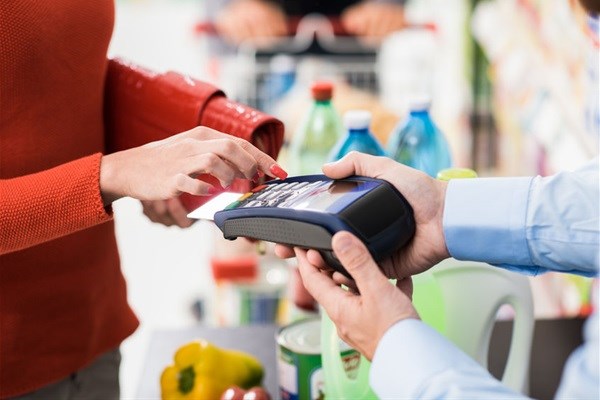Total South African retail sales for April 2018 grew by 3.7% year-on-year after removing the effects of inflation, showing the highest growth rate seen in April in the past six years. This is according to the Mastercard SpendingPulse April 2018 report, which provides a macroeconomic analysis of retail spending trends in South Africa.
The health of retail performance for April 2018 follows a strong first quarter for the South African retail market. Total retail sales including the impact of inflation climbed 6.4% year-on-year. Inflation contributed just 2.7% points to retail sales – the lowest inflation contribution since SpendingPulse measurement began, which demonstrates real economic growth.
The average growth rate in the past three months was 3.7%, which is higher than the 3.3% year-on-year growth from the fourth quarter in 2017.
Consumer in wait-and-see mode
Sarah Quinlan, senior vice president of market insights at Mastercard, comments: “While optimism was very high last quarter, the South African consumer is currently in a wait-and-see mode, and has compartmentalised their spending with certain sectors like pharmaceuticals, medical goods, cosmetics and toiletries seeing an uptick in spend, with others like general dealers declining versus a year ago. Though there has been a moderation of inflationary pressures in many economic sectors, other factors like high unemployment and low wage growth continue to restrain spending.”
Quinlan added: “In the coming days, we will keep an eye on many factors such as the uptick in oil prices, the weakening of private sector credit, impact of the recent VAT hike and the strengthening ZAR. If those start to ease we would expect a rise in retail sales in the future.”
Key findings
Key findings of the Mastercard SpendingPulse South Africa April 2018 report include:
• Pharmaceutical, medical goods, cosmetics and toiletry sales excluding the effects of inflation increased by 5.7% year-on-year in April, while sales including the effects of inflation were up 9.1%. Higher prices contributed 3.4 percentage points sales growth in the sector.
• General dealer sales volume (excluding the effects of inflation) experienced their first decline in sales in a little over a year. Sales volumes excluding inflation declined 2.7% year-on-year, and sales including inflation increased 4.3%. Sales were helped by a decline in food-inflation, but economic factors like high unemployment and lack of growth in wages hit this sector harder than others.












































